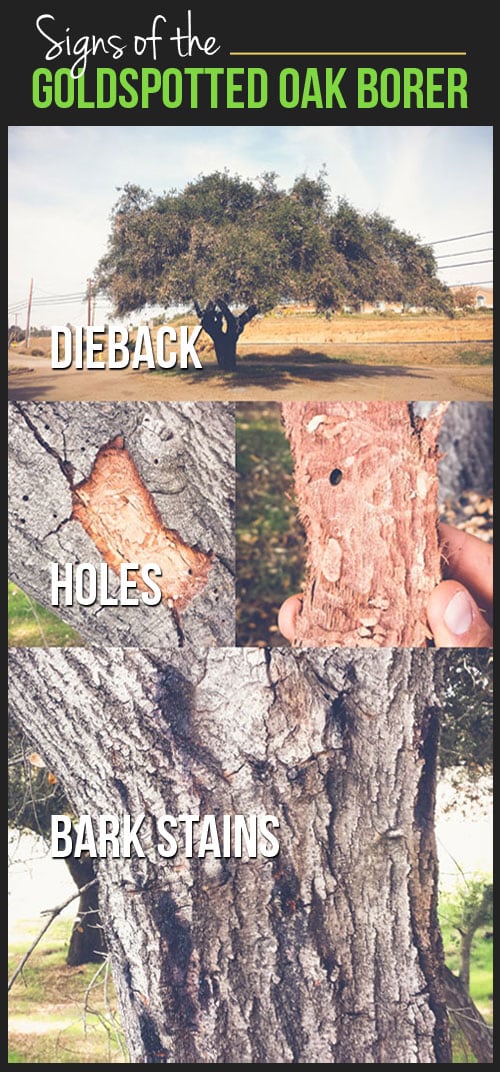Post-Tree Elimination Upkeep: Efficient Approaches For Landscape Reconstruction
Post-Tree Elimination Upkeep: Efficient Approaches For Landscape Reconstruction
Blog Article
Web Content Written By-Graham McKinnon
After a tree's removal, your landscape might look quite different, and it's essential to examine the after-effects thoroughly. You'll wish to evaluate the dirt disruption and examine surrounding plants for any indications of stress and anxiety. Ignoring How To Prune A Mango Tree can result in bigger issues down the line. So, what should you make with those stumps and origins? And just how do you choose the best plants for your revitalized area? Let's explore these essential steps.
Examining the After-effects: Evaluating Your Landscape
After a tree elimination, it's critical to analyze your landscape to recognize the effect it has on your yard.
Beginning by checking out the area where the tree stood. Seek signs of soil disruption, and examine the bordering plants for any kind of tension or damages.
You ought to likewise keep in mind of exactly how the elimination has transformed sunshine exposure and airflow in your garden. Best Tree Removal Service Near Me can affect the development of close-by plants, so it's necessary to examine their wellness.
Take into consideration the visual facets too; the elimination could create an open space that you can upgrade.
Finally, think about any potential disintegration problems that could occur from the tree's absence. Resolving these factors early will assist recover equilibrium to your landscape.
Taking care of Stumps and Origins: Choices for Elimination
Once you've examined the after-effects of the tree elimination, you'll likely need to take on the stump and origins left.
You have a few options for elimination. One reliable technique is stump grinding, where a professional utilizes a maker to grind the stump down to underground level. This approach leaves marginal interruption to your landscape.
If you prefer a do it yourself technique, you can make use of a combination of excavating and chemical stump eliminators. Simply keep in mind, this procedure can require time and initiative.
Conversely, take into consideration leaving the stump as a natural function, which can function as an one-of-a-kind yard component or habitat for wildlife.
Whatever you select, resolving the stump and origins is essential for restoring your landscape.
Selecting the Right Plants for Your New Area
As you examine your freshly gotten rid of area, choosing the right plants can dramatically boost your landscape's appeal and functionality.
Begin by considering the sunshine and soil conditions. For warm areas, opt for drought-resistant plants like lavender or succulents. In shaded spots, ferns and hostas thrive well.
Think about the dimension and growth habits of your plants; mix perennials and annuals for seasonal selection. Don't neglect to include indigenous varieties; they require much less maintenance and assistance local wildlife.
Group plants in odd numbers for an extra all-natural appearance and create layers for aesthetic deepness.
Ultimately, ensure you have a mix of colors and appearances to keep your landscape vivid throughout the seasons.
Delighted planting!
Conclusion
In conclusion, restoring your landscape after tree removal is a rewarding process. By analyzing the after-effects, attending to stumps and roots, and selecting the right plants, you'll create a successful setting. Do not fail to remember to integrate disintegration control measures to shield your soil. With a little effort and care, you can transform your area into a lively garden that boosts your residential or commercial property. Accept the chance to invigorate your landscape and appreciate the appeal of nature right in your yard!
